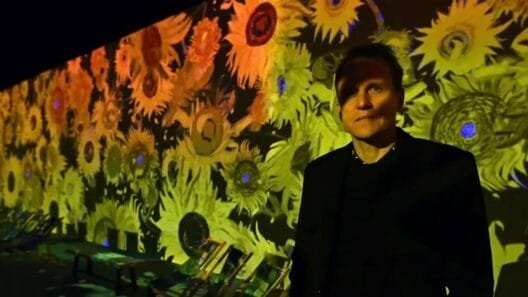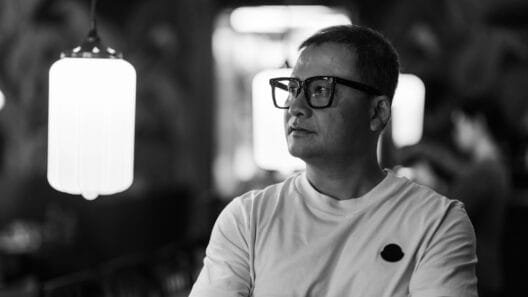The Albert Square matriarch, Peggy Mitchell, once told her former husband’s brother (with whom she was romantically involved) “I’m old East End. Proper. You don’t mess with me”. Seemingly, what she meant by being “old East End” was that she was to be feared, rather than approached by in-laws for sexual encounters.
This toughness is typical of the East End, an area which has a history like maybe no other region in London. In this column I intend to look at the relationship between the East End of old and new, looking at the changes and the stalwarts in landscape, residents and culture, focussing on one street or district in each article.
Vol. 5: Dalston – Sound and Vision
Dalston
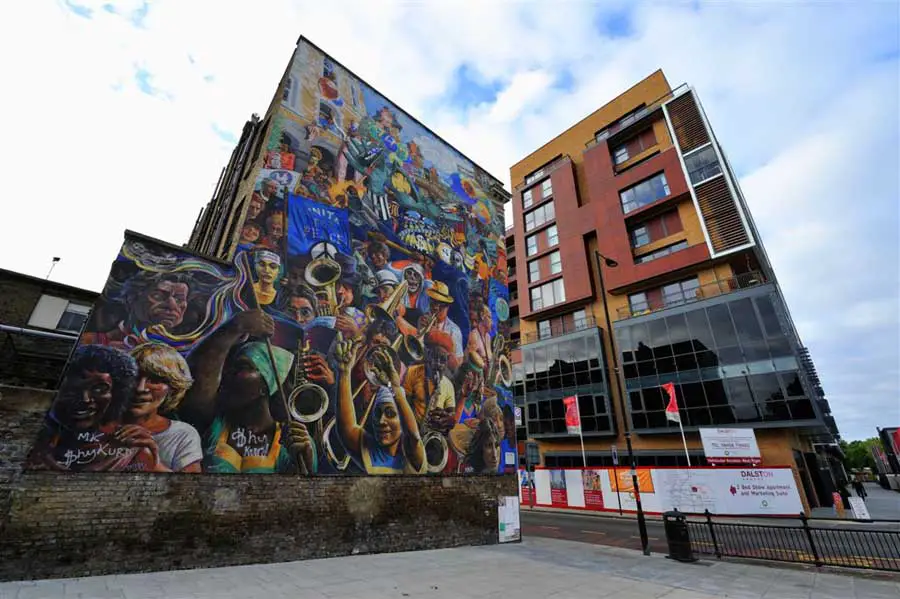 Pocketed in-between Haggerston, Hoxton and London Fields is Dalston, arguably the entertainment capital of the East End. From soap operas to music hall and from Hollywood to pub rock, sound and vision have always been at the heart of this area – now one of London’s most fashionable and transformed.
Pocketed in-between Haggerston, Hoxton and London Fields is Dalston, arguably the entertainment capital of the East End. From soap operas to music hall and from Hollywood to pub rock, sound and vision have always been at the heart of this area – now one of London’s most fashionable and transformed.
Dalston used to be a tad on the rough side to say the least, but is now probably London’s coolest spot (The Mighty Boosh’s Vince Noir says so, so it must be true). Indeed it has gone from being the old East End’s pit to the being the new East End’s ‘it’.
At its core, however, has always been an affiliation with the entertainment industry and a musical pulse which have kept it a lively East End hero. Home to comedy geniuses for some time, Dalston has endured as a place for creative types to converge and is a pop culture reference point like no other – the sheer variety and calibre of entertainment streams that have used Dalston as inspiration or as setting background is up there with Notting Hill in the west.
Dalston is the place about which I wander sometimes and, moreover, wonder sometimes, much like sound and vision, its lifeblood.
Sound
The Dalston Theatre was a hippodrome and music hall that could rival any of the big names such as The Britannia in Hoxton or the West End’s so-called ‘Old Mo’ (The Middlesex). Its place as an esteemed local theatre in the East End of the late Victorian era was undeniable and it held various musical pantomimes. Having been knocked down in 2007, it only exists now as a ghost and a memory, but it paved the way for the later boom of Dalston music hubs. It is noteworthy to mention that it later became the Four Aces Blues Club before being demolished also.
In the 1970s and ‘80s, the pub rock scene was largely built in and around Dalston. The scene which paved the way for punk had a real home in Dalston – then a tough neighbourhood – and bands such as Dr Feelgood and The 101ers (Joe Strummer’s pre-Clash pub rock group) played at various venues in the town with a mission to convey a more boorish, primitive form of rock than the overblown musical structures and changes in key and metre that were provided by prog bands such as Yes and Emerson, Lake and Palmer.
Indeed, today sound has a home in Dalston in various places. Nightclubs such as Birthdays are on the hippest side of hip, home to the burgeoning UK Garage revival and, of course, there is The Dalston Culture House which houses The Vortex Jazz Club.
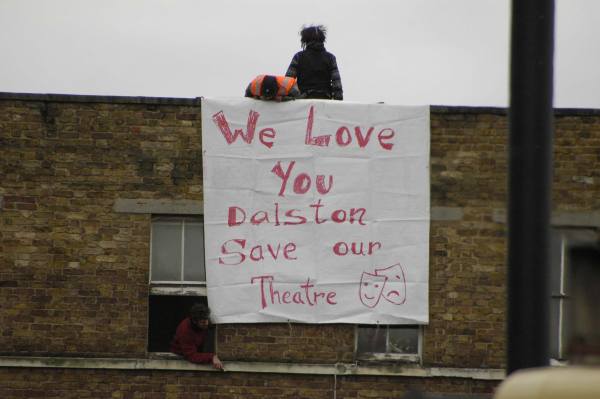 Dalston is the birthplace of Alan Spenner, bassist with ABC, Roxy Music, The Grease Band and Joe Cocker. It is, then, one of London’s true musical centres and its sonic reputation is probably part of the reason as to why many of London’s hipsters have descended upon it, transforming it from a hell-hole to the home of hip. Who knows how many musicians are hanging out in Dalston today looking to emulate the great master of the Fender Precision Bass?
Dalston is the birthplace of Alan Spenner, bassist with ABC, Roxy Music, The Grease Band and Joe Cocker. It is, then, one of London’s true musical centres and its sonic reputation is probably part of the reason as to why many of London’s hipsters have descended upon it, transforming it from a hell-hole to the home of hip. Who knows how many musicians are hanging out in Dalston today looking to emulate the great master of the Fender Precision Bass?
Vision
On the vision side of things in Dalston it is hard to know where to start. Its impact on visual entertainment in Britain is immeasurable; Dalston is the home of the East End moving visual arts in many ways.
Firstly, Dalston was home to Stephen Fry and Hugh Laurie, two of British television’s finest comic minds (indeed Fry is rightly considered as one of Britain’s finest minds full stop). They shared a place on St Mark’s Rise in the early 1980s, just as they were becoming recognised as two of this country’s most enigmatic emerging acting talents in Blackadder and comedy writing talents in Fry and Laurie. The impact Fry and Laurie have had on British comedy is astounding and, with their turns in Blackadder, they have reached a truly global audience.
Secondly, Dalston is the inspiration behind the British soap opera Eastenders. Fassett Square is what the fictional Albert Square is modelled on and Ridley Road Market was the catalyst for the show’s Walford Market. Walford, in fact, owes its name to Walford Road, Dalston. At one time or another this street has been home to both the abovementioned Peggy Mitchell (actress Barbara Windsor) and one of the show’s creators, Tony Holland.
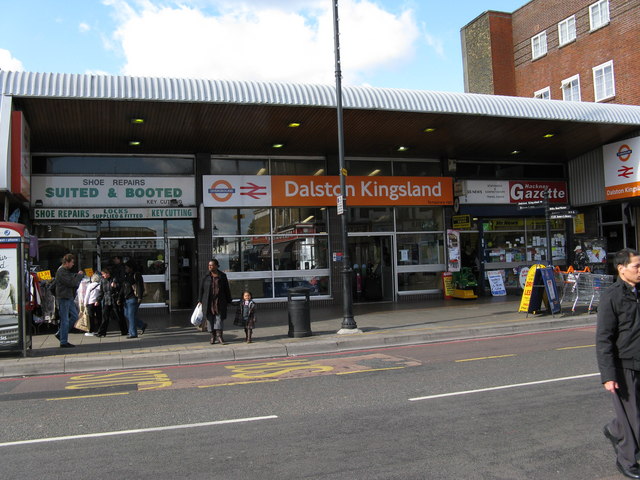 Thirdly, Dalston was the setting of the third series of the aforementioned comedy The Mighty Boosh. The show has won a vast array of awards, including a BAFTA and a British Comedy Award, and is regarded as one of the nonpareil British comedies of the 21st Century. It depicts the modern Dalston of hipsters and parties in a fine parody, with the gang having moved from Camden to Dalston as if trying to make it hyper-real and surreal at once.
Thirdly, Dalston was the setting of the third series of the aforementioned comedy The Mighty Boosh. The show has won a vast array of awards, including a BAFTA and a British Comedy Award, and is regarded as one of the nonpareil British comedies of the 21st Century. It depicts the modern Dalston of hipsters and parties in a fine parody, with the gang having moved from Camden to Dalston as if trying to make it hyper-real and surreal at once.
Dalston has been the setting and inspiration for various other film and television treats and has made a truly remarkable contribution to British culture as a result. It is not glib to say that without Dalston, British television would be far worse off.
See No Evil, Hear No Evil
The fiery harshness of this former working class district may be less present in its new incarnation, but is always present in some strain or other. As a playground for East End villains yesterday, Dalston was a disquieting place full of crime and potholes. As a playground for London’s young and beautiful today, Dalston is a pulchritudinous place full of art and, er, potholes.
One can hardly see nor hear the evil which used to lurk on every street in Dalston anymore, instead one can only admire what it has become.



